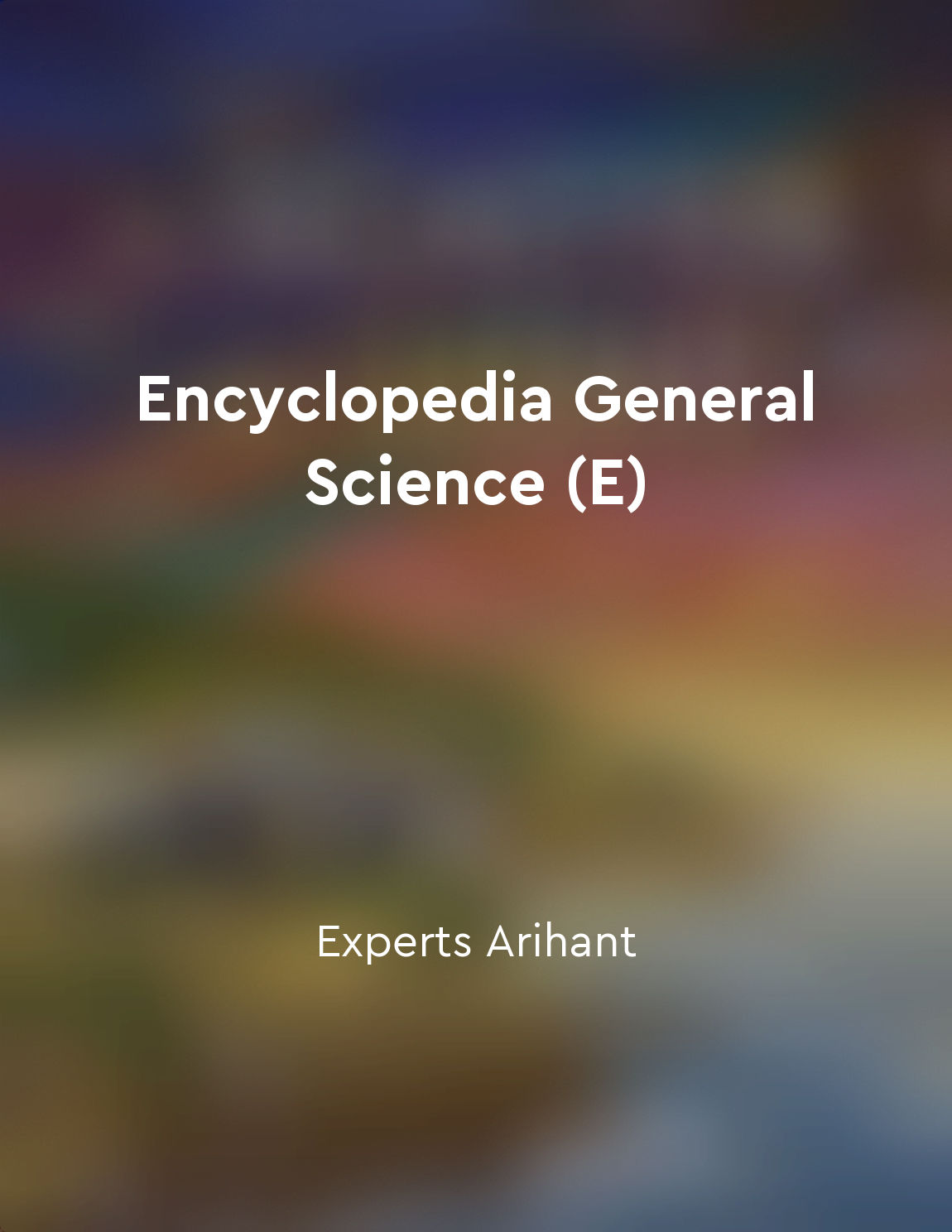Many exoplanets are gas giants from "summary" of Exoplanets and Alien Solar Systems by Tahir Yaqoob
Gas giants are a common type of exoplanet that have been discovered in our galaxy. These planets are similar to Jupiter and Saturn in our own solar system, characterized by their massive size and composition of mostly hydrogen and helium. Gas giants are known for their thick atmospheres, which can extend thousands of kilometers deep. One reason why many exoplanets are gas giants is due to their formation process. Gas giants are believed to form farther away from their host star where temperatures are cooler, allowing the hydrogen and helium in the protoplanetary disk to condense into gas giants. These planets can then migrate closer to their star over time due to gravitational interactions with other planets or the protoplanetary disk. Another reason for the prevalence of gas giants among exoplanets is the detection method used by astronomers. Gas giants are easier to detect than smaller, rocky planets due to their larger size and gravitational influence on their host star. This has led to a bias in exoplanet discoveries towards gas giants, as they are more readily observable using current technology. Despite their common presence in the galaxy, gas giants are not as hospitable to life as smaller, rocky planets. The extreme temperatures and pressures found on gas giants make them unlikely candidates for hosting life as we know it. However, the study of gas giants can provide valuable insights into planetary formation and evolution, shedding light on the diversity of planetary systems in the universe.Similar Posts
Planet Earth reflects the influence of human activity
The Earth is not the same planet it was before humans arrived. Our presence has left a mark that can be seen from space. From t...
Newton's third law explains how rockets propel forward
Newton's third law states that for every action, there is an equal and opposite reaction. This fundamental principle is crucial...
Jupiter is massive
Jupiter, the largest planet in our solar system, is truly a behemoth of astronomical proportions. With a diameter of 86,881 mil...
The study of exoplanets offers insights into potential earthlike worlds
The hunt for exoplanets - planets orbiting stars other than our Sun - has been a major focus of astronomers in recent years. By...
The exploration of space will require a shift in our thinking and approach to scientific research
The exploration of space is an endeavor that will demand a transformation in the way we think and conduct scientific research. ...

Environmental science focuses on the impact of human activities on the environment
Environmental science is a field of study that delves into the ways in which human activities can affect the natural world arou...

The holographic principle suggests the universe is a projection
The holographic principle, a concept that has fascinated physicists in recent years, proposes a rather mind-bending idea about ...
Quantum theory and general relativity explain universe's origins and evolution
Quantum theory and general relativity are two distinct areas of physics that have been able to provide profound insights into t...
The laws of physics govern the behavior of celestial bodies
In the vast expanse of the universe, celestial bodies such as planets, stars, and galaxies are governed by the fundamental laws...

Alien megastructures spark interest in outer space
The idea that alien megastructures could be lurking in outer space has captivated the imaginations of scientists and the public...
